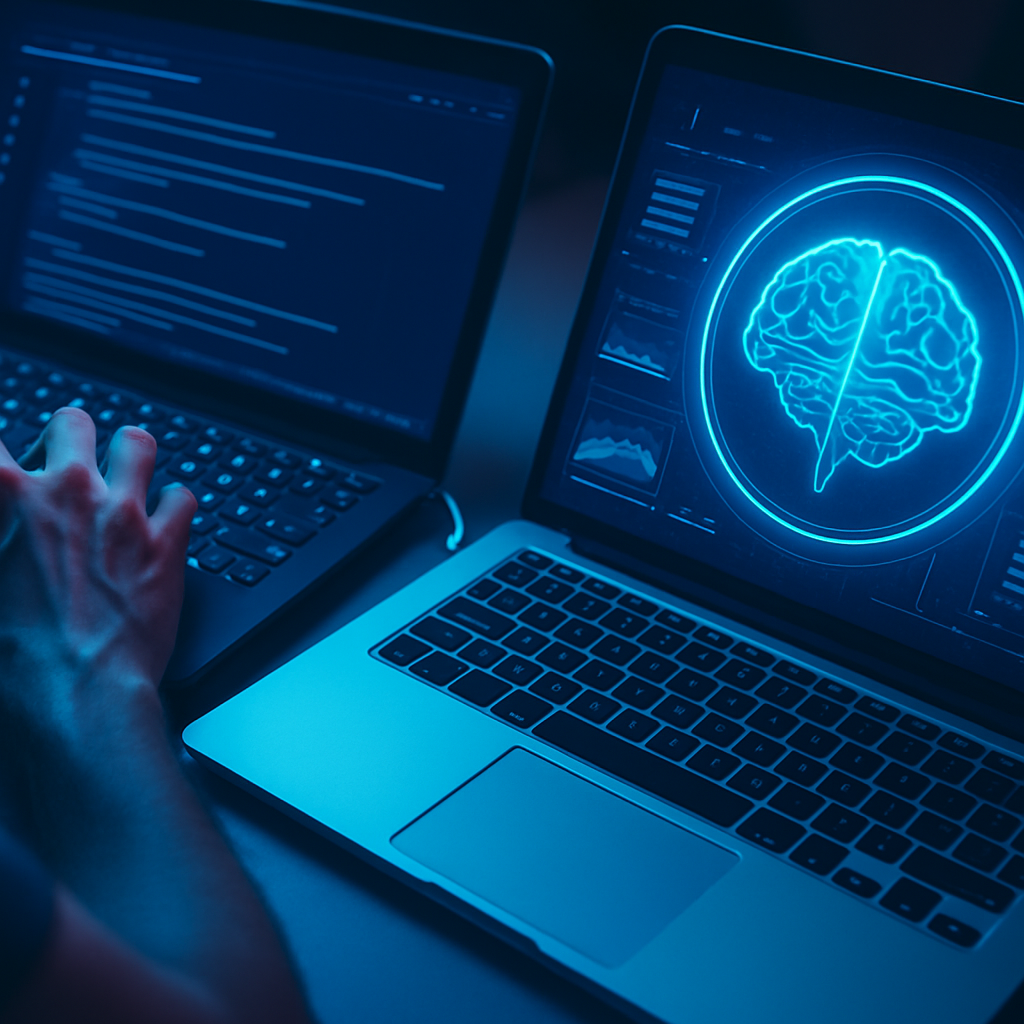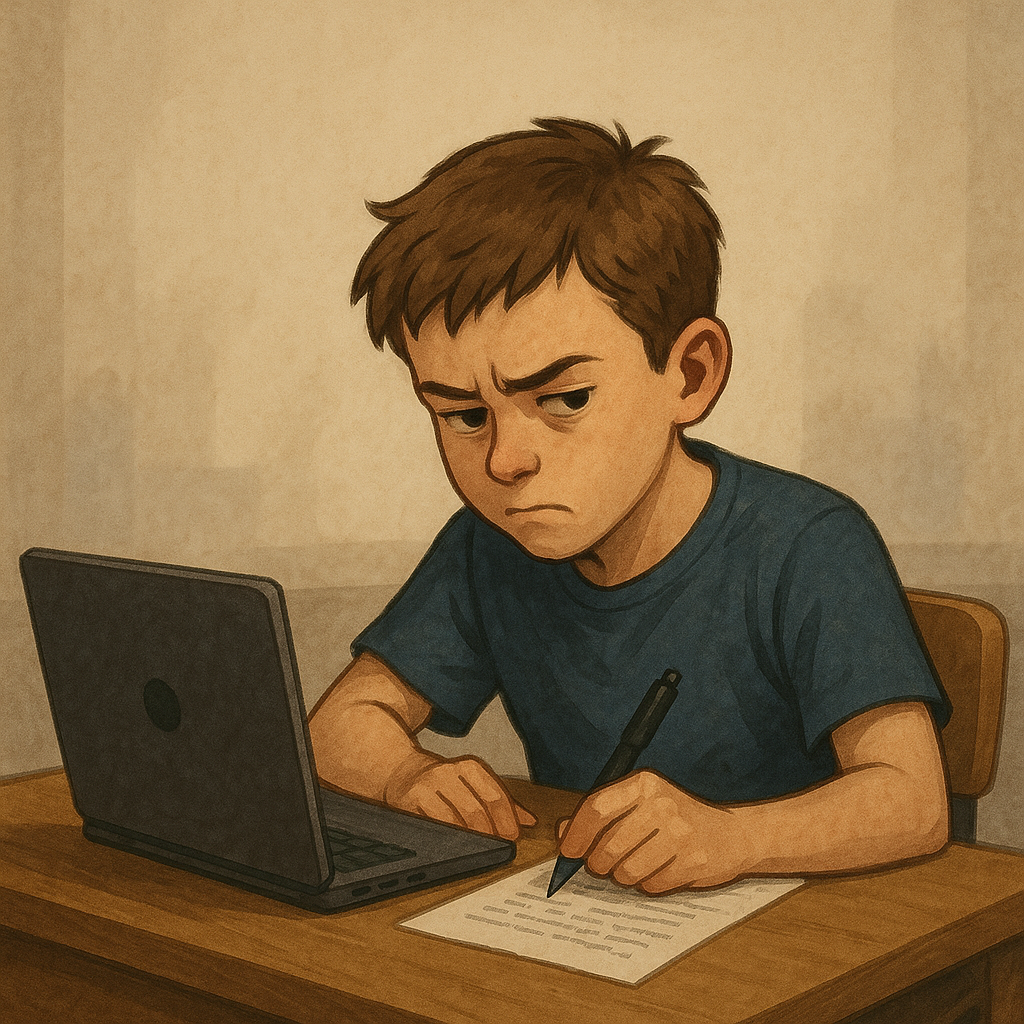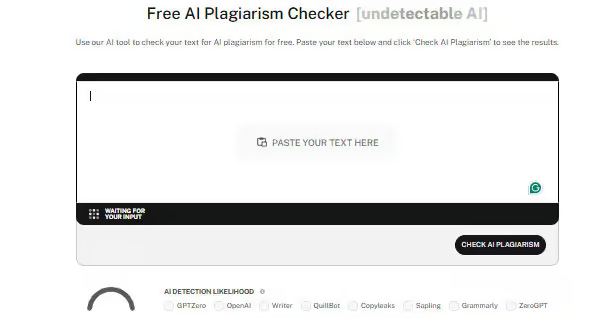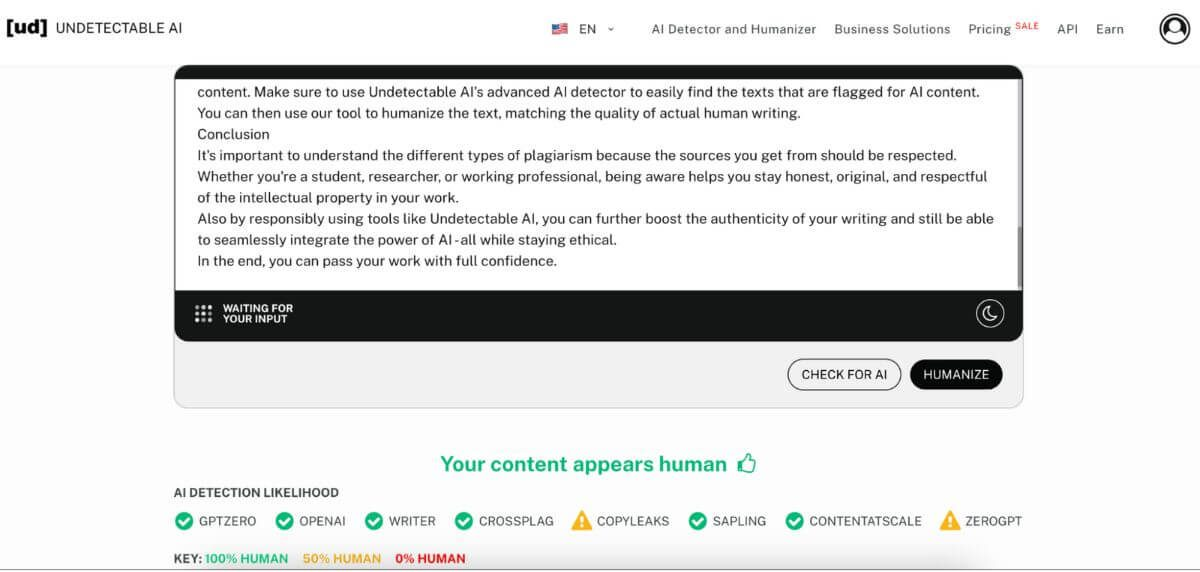
Everyone knows cheating isn’t good, yet some still do it. Over half of college students admit to cheating in some way. Plagiarism is one of the most common forms. Some might not realize they’re copying someone else’s work. Using AI for research papers might seem ethical, but it can still get flagged for plagiarism. Why does this happen? Plagiarism is more than just copying words; unexpected actions can count too. It’s important to understand different plagiarism types to avoid them and ensure your work is original.
- Plagiarism goes beyond direct copying – Different types of plagiarism, such as paraphrasing, patchwork, and using sources without proper credit, can happen accidentally.
- AI-generated content can still trigger plagiarism flags – It’s crucial to give credit for all sources and to use AI in an ethical and responsible way.
- Self-plagiarism and accidental plagiarism – They are often ignored but can damage credibility and break academic or professional rules.
- Proper citation and a deep understanding of borrowed ideas – It’s crucial to stay original and steer clear of copying others’ ideas.
- Tools like Undetectable AI’s plagiarism and AI detectors – Assist people in recognizing, personalizing, and ethically improving content to make sure it’s genuine and follows rules.
Definition of the 7 Most Common Types of Plagiarism
Taking someone else’s ideas, words, or work without giving them credit is called plagiarism. It happens when you don’t properly acknowledge the original source, whether you mean to or not.
Why is this such a big deal? Mainly, it takes away the credit from those who created the original work.
In the worst cases, it can even lead to legal issues because it breaks copyright laws and intellectual property rights.
One of the well-known plagiarism incidents happened at Harvard. In a class of 250 students, about half faced cheating suspicions due to exam similarities.
This led to over 70% of the students being forced to leave. It shows that even top schools aren’t safe from plagiarism.
Beyond school consequences, plagiarism brings up big ethical issues. Those who plagiarize break the trust of readers, coworkers, and mentors.
This harms their reputation and can hurt the institution’s credibility over time.
It’s a lot to consider, especially with AI becoming more common.
So, if you’re thinking about using AI for college admissions, take a moment to learn more first.
Plagiarism is a type of intellectual dishonesty with many forms.
1. Complete Plagiarism
There are various types of plagiarism, but this is likely the most frequent one.
Complete plagiarism involves fully copying someone’s work without giving any credit to the original author. That’s it.
This type is notorious for entire essays, articles, and reports, often seen in schools.
An example is when someone downloads a research paper from the web and submits it as their own work, without citing the source.
Complete plagiarism is much like stealing intellectual property because it takes away the credit the original creator deserves.
The consequences can range from receiving a failing grade to being expelled. In the worst situations, employees who fully plagiarize work might face legal trouble if copyright laws are broken.
2. Direct Plagiarism
When a person takes sections from an online article and adds them to their essay without using quote marks or giving credit, it’s called direct plagiarism.
Direct plagiarism means taking someone’s work and putting it in your own, pretending it’s yours.
This is like complete plagiarism, but the amount copied is different.
Direct plagiarism steals parts of someone’s work, while complete plagiarism copies the whole thing.
3. Paraphrasing Plagiarism
You can’t just take someone else’s text, change a few words, and be done. Paraphrasing plagiarism happens when someone rewrites someone else’s idea without proper credit. They act like it’s their own thought and don’t mention the original source.
The main issue is that, even if the words are changed, the idea is still the same as the original. This doesn’t make it a new work.
You might ask how this is different from creating something new based on someone else’s idea. If you take inspiration from an idea and credit it, but add your own spin, it’s not paraphrasing plagiarism. You’re creating a new interpretation.
To avoid plagiarism, make sure you put ideas into your own words and give credit to the original sources. This keeps your work honest and professional.
4. Self-plagiarism
Is using your own work again considered plagiarism? Surprisingly, it is.
Self-plagiarism happens when you reuse your own previous work without giving credit.
This might be taking parts of a paper you’ve already given to a teacher or using a presentation you’ve shown before.
Why is it bad to plagiarize yourself?
It can harm your reputation because if your clients learn you’ve submitted the same work to others, it affects their trust and your credibility.
In school, it messes with fair grading.
It also creates mistrust between students and teachers, damaging the school’s reputation.
5. Patchwork Plagiarism (Also Known as Mosaic Plagiarism)
Patchwork plagiarism, or mosaic plagiarism, happens when someone takes bits from different sources and combines them without acknowledging the original creators. This type of plagiarism can be tricky to spot because the copied parts are usually blended seamlessly with the writer’s own work. As a result, it becomes more difficult for someone to detect this plagiarism just by looking. Patchwork plagiarism undermines the trustworthiness of academic and professional writing by misleading readers about where the information truly comes from.
6. Source-based Plagiarism
Plagiarism from sources occurs when ideas or information are not properly credited. A writer might cite their main source correctly but fail to credit other sources that the main source used. Sometimes, a writer might cite the wrong source or even invent sources. This is hard to catch because the plagiarized parts fit smoothly into the writer’s work, making it tricky to spot all sources. This plagiarism can be both intentional and accidental. To prevent this, learn proper citation methods and ensure you cite all sources. Be careful with paraphrasing, too. Make sure you grasp the idea you’re using before you rephrase it.
7. Accidental Plagiarism
Everybody slips up, yet unintentional copying can be pricey. It occurs when a writer uses another’s work without realizing, leading to improper credit. Common cases are as follows:
- Not adding sources for exact words or rephrased content.
- Avoiding quotation marks for direct quotes.
- Forgetting to mention where the idea originally came from.
To make sure you don’t accidentally copy someone else’s work, always check your citations. Ensure you acknowledge all the sources you use or get ideas from.
Bonus: AI Plagiarism
People today often use artificial intelligence in their everyday activities. Many depend on it to create content that’s both better and more efficient.
AI plagiarism happens when someone uses AI tools, like ChatGPT, to help make content without giving proper credit.
As tech progresses, especially in natural language processing (NLP), using AI for quick writing is getting more popular.
But, this ease also brings the danger of not giving due credit.
If used poorly, AI can produce content without citing sources, so it’s key to use AI as a tool, not as the creator.
To combat AI plagiarism, many places are setting rules to manage AI usage.
Over half of students say their schools now have rules about using AI for assignments.
While AI tools can boost productivity and creativity, it’s vital to use them in a responsible and ethical way.
How to Avoid Plagiarism in Your Work

It’s crucial to focus on avoiding plagiarism, as it impacts your professional reputation. Although it might seem daunting, it’s simpler than you might expect.
A key strategy for preventing plagiarism is to consistently cite your sources.
Whenever you quote, paraphrase, or summarize someone else’s thoughts, ensure you reference them correctly.
Another method is to thoroughly grasp the ideas that inspire you. This allows you to cite the source and then expand on the concept in your own work.
Don’t hesitate to offer a unique viewpoint when creating content; it’s what makes your work uniquely yours.
Be mindful that AI tools can err and produce plagiarized text; thus, using Undetectable AI’s plagiarism checker is advisable to ensure your work is clean.

Using an AI detector helps you locate sources and ensures your work stays unique.
Even though AI can help spark ideas for creating original work, it might still get marked as AI-generated.
Use Undetectable AI’s advanced detector to quickly spot texts flagged for AI content.

Conclusion
Understanding plagiarism is key. Respect where your information comes from.
No matter if you’re studying, researching, or working, knowing about this keeps your work honest and respects others’ ideas.
Using tools like Undetectable AI wisely can make your writing more genuine. This way, you can use AI’s strengths while staying true to ethical standards.
Then, you can submit your work confidently.
